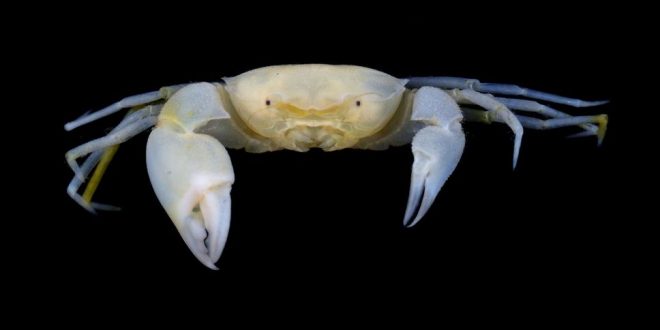A new crab species has been named after two “Harry Potter” characters, and its discovery is an interesting tale in the search for fantastic beasts.
The new species of crab, dubbed Harryplax Severus, can be found when you apparate to the dead coral fragments along the coast of Guam, a US territory located in the western Pacific Ocean.
Harry Conley, an ex-Marine turned researcher, actually unearthed the specimen in 1998, but in true Potter form, events are now unfolding 19 years later as scientists have realised it’s an entire new species.
So why didn’t the Potter-obsessed scientist Dr. Jose Christopher E. Mendoza name this blonde crab after Draco? Well, the specimen’s pale skin combined with its beady-eyes and tendency to live in the dark sounds just like the dungeon-dwelling potions master of Hogwarts. And combine Snape’s first name with the magical series’ main character’s (coincidentally the name of the man who discovered it) and you’ve got the perfect title for a crab.
Don’t be looking too pleased though, Snapey. At just one centimetre wide by a centimetre long, this magical crustacean is smaller than a Plimpy.
Still, at least it’s not a spider. Last month researchers discovered an arachnid named Eriovixia gryffindori after spotting its resemblance to Hogwarts’ singing sorting hat.
Agencies/Canadajournal
 Canada Journal – News of the World Articles and videos to bring you the biggest Canadian news stories from across the country every day
Canada Journal – News of the World Articles and videos to bring you the biggest Canadian news stories from across the country every day



